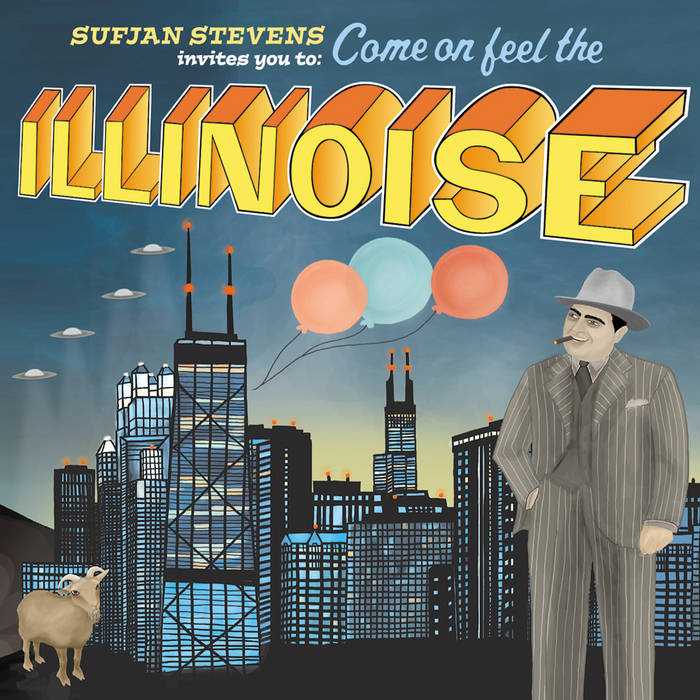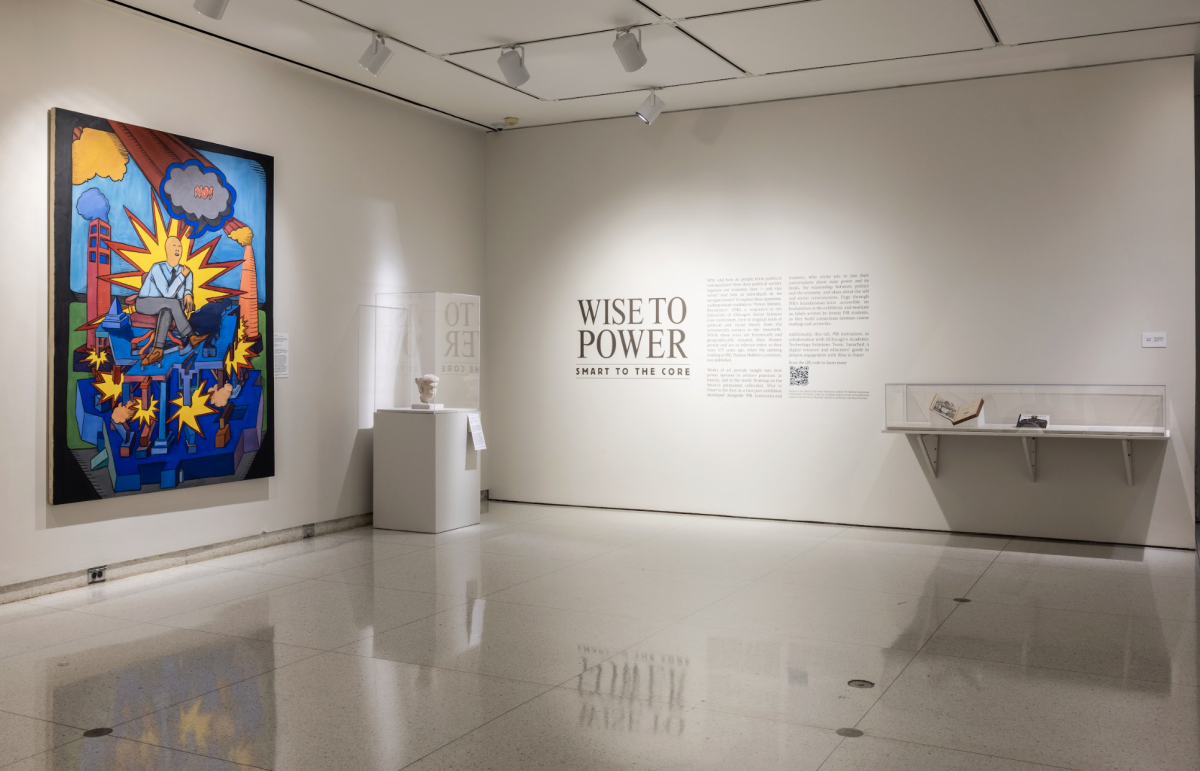The most striking thing about a visit to the Chicago Cultural Center’s new exhibit Lasting Foundations: The Art of Architecture in Africa is the contrast. Far below the towering Greco-Roman pilasters that adorn the Sidney R. Yates Gallery rest small, mostly wooden pieces that seem to come from a far different time and place. In fact, many were made recently, the products of a number of tribal cultures that have survived the onslaught of the modern world.
By one window, visitors can witness the anonymous carved face of a guardian to a tribal residence, possibly carved by a still-living tribesman. From the same spot, one can glance over at any time to see the face of Paris Hilton gliding by on a bus-side advertisement. The effect is somewhat unsettling—the knowledge that these two images were created by near contemporaries profoundly illustrates the gulf existing between our culture and some of those in Africa.
The impression one gets from the tour is that African art is both permanent and impermanent—the former in that almost all of the pieces reveal no indication of change over the centuries and the latter in that almost every piece is made of easily degradable material such as wood. Curiously, almost none of the exhibits bear a date; the pieces could have just as easily been made years ago as yesterday. This marriage of permanence and impermanence is especially reflected in a photograph of the famed mosque at Djenne in Mali. Rebuilt in 1909, the desert mosque is constantly reborn as the exterior is replastered with mud to protect it from the harsh desert environment outside. All around the structure are pegs that serve as permanent scaffolding for the transient plaster.
The mosque also serves to emphasize another aspect of African architectural art: the incorporation of foreign religions like Islam and Christianity into the artwork and building methods of the tribes. A faint sense of struggle can be felt in the images of the Djenne mosque, as well as in several carved posts from the Mossi people of Burkina Faso. Traditional figural iconography graces one column, while on another the artwork takes on abstraction, a possible concession to the Islamic dislike of figural depiction.
One of the exhibit’s issues is that certain architectural elements are presented in excess. Visitors are left to wonder if the exhibit should have been subtitled Doors and Posts from Africa. This is especially noticeable when one considers the architectural photographs in the exhibit, in which viewers are treated to images of the ornate woodwork that adorns many tribal buildings. These photographs serve to highlight the exhibit’s flaws rather than its strengths: The richness of the manifold architectural decorative elements in the photos emphasizes what we as visitors are missing. Other spots in the exhibit space are given to cultural artifacts, such as a robe and a tribal mask, that may have best been used to supply more examples of architectural art.
Despite this, Lasting Foundations contains many pieces of exquisite beauty. One example is a small granary shutter adorned with a lock featuring the mythical twins who brought forth the Dogon people of Mali. Behind them on the shutter itself are dozens of featureless figures. In this small shutter, the viewer is constantly reminded of the Dogon’s mythical origins and of how the twins unlocked an entire nation. In another corner, we are dazzled by examples of how beautiful the simplest tools of everyday life can be. A mat to keep the desert sand out of a tent, along with its accompanying stakes, serves as one of the finest examples in the exhibit of the care given to architectural art.
The doorways created by the Bamileke people of Cameroon are one of the most impressive elements of the exhibit. With entwined depictions of creatures and ancestors, the artwork evokes a mystique found in few of the other pieces. A notice informs us that examples of such architectural gems are becoming increasingly difficult to find due to civil strife in Cameroon. A nearby photograph features a Bamileke chieftain’s residence that was burned not long after the photo was taken.
Toward the end of the exhibit is a series of photographs from contemporary artists. In particular, a triptych by photographer Allan de Souza features two facets of Kenyan architecture. The first piece displays a series of photographs of “traditional” Kenyan housing, simple structures made of clay walls and straw roofs with open doorways that welcome visitors in from the heat. The second is a set of photographs of suburban Kenyan homes: Each is gated and unwelcoming, giving no indication of what lies beyond. In the third piece, the viewer learns that the first photos were from a Kenyan museum exhibit, and each hut is empty and uninhabited. The unwelcome, gated driveways are the modern reality. The photos are especially useful for reminding us that Africa is a continent in a period of great change.
Although there are some common elements in the displays, Lasting Foundations provides us with a picture of a diverse and rich Africa. Ultimately, the exhibit is admirable for encouraging an appreciation of African architectural art. The exhibition, containing more than 120 artifacts, is a worthwhile trip into a land whose culture and heritage is beautifully reflected in its architectural art: a style in which no two decorations are the same.








